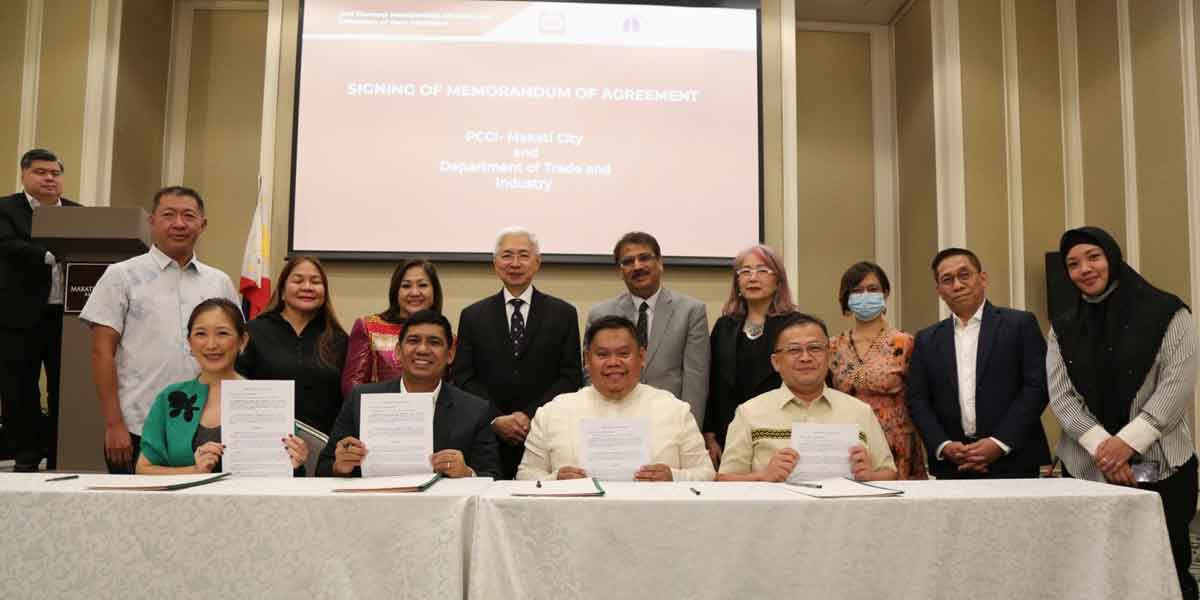By Richard Javad Heydarian
MANILA – In yet another sign of Manila’s growing strategic resolve, the Philippines inaugurated a new coast guard monitory base in the hotly disputed South China Sea.
Established on Thitu Island, the second-largest naturally-formed land feature in the Spratlys, the two-story facility boasts “advanced systems” including radars and satellite communication equipment as well as vessel traffic management and coast cameras.
“These systems will greatly enhance the PCG’s [Philippine Coast Guard’s] ability to monitor the movements of the Chinese maritime forces, other countries that might be coming here, and also as well as our own public vessels and aircraft,” Philippine National Security Council Advisor Eduardo Ano said during the recent inauguration ceremony.
The top Philippine official, who formerly served as chief of the Armed Forces of the Philippines and interior secretary, underscored the importance of fortifying the country’s position on the ground in response to China’s “pure bullying.”
Throughout the year, the Philippines and China have been at loggerheads in the disputed areas, culminating in multiple collisions among their maritime forces. Last week, the Philippines and US conducted their first-ever joint aerial patrols in the South China Sea.
The Philippines and Australia have also conducted joint naval patrols in the area. And there are plans for regularized joint naval patrols including quadrilateral ones with the US, Australia and Japan.
Conversations between Philippine President Ferdinand Marcos Jr and Chinese paramount leader Xi Jinping on the sidelines of the Asia Pacific Economic Cooperation Summit (APEC) in San Francisco last month produced no concrete agreements.
In a sign of the Philippines’ hardening stance, the country’s defense chief Gilbert Teodoro Jr publicly questioned even the value of direct diplomatic engagement with China. In response, Beijing accused Manila of engaging in “sheer malicious hype-up”, which only “stir[s] up confrontation and heighten tensions.”
Throughout the year, Marcos Jr has steadily embraced a policy of “calibrated resistance” against China. Unlike his pro-Beijing predecessor, Rodrigo Duterte, the incumbent Filipino leader has taken a far more uncompromising stance in the disputed waters.
The PCG has adopted a proactive “transparency initiative”, which regularly publicizes alleged Chinese harassment of Philippine naval patrols and resupply missions in the area.
The Philippine Navy (PN) has made it clear that it will fortify the country’s de facto naval base over the hotly contested Second Thomas Shoal, which has been a site of naval brinkmanship with China in the past year.
And the Pentagon and Armed Forces of the Philippines (AFP) have been finalizing the construction of joint facilities in a whole host of strategic bases under an expanded Enhanced Defense Cooperation Agreement (EDCA).
To top it all, the Marcos Jr administration has also effectively withdrawn from China’s Belt and Road Initiative (BRI) projects amid concerns over a lack of progress on promised projects and perceived high interest rates.
In contrast to his liberal-reformist predecessors such as Benigno Aquino III, however, Marcos Jr has shunned any confrontational rhetoric towards China. If anything, he has repeatedly underscored his willingness to meet his Chinese counterparts, ensure bilateral ties are not bogged down by areas of conflict and explore a mutually acceptable compromise in the South China Sea.
By adopting a distinct “double game” towards China, combining friendly rhetoric with more aggressive operational countermeasures, Marcos Jr is hoping to reset the dynamics of the disputes in the South China Sea.
Last month, the Filipino president met his Chinese counterpart to discuss de-escalation while becoming the first foreign leader in recent memory to visit the US Indo-Pacific Command (INDOPACOM) in Hawaii.
By all indications, however, the Philippine defense establishment is leveraging the president’s new strategic orientation in favor of a more confrontational approach towards China in tandem with allies.
Burning Bridges
Last month, no less than Singaporean Prime Minister Lee Hsien Loong openly warned Manila of unwanted conflict in the area if current trendlines persist. But top Philippine officials have pushed back against any outside criticism and instead laid the blame squarely on China.
“It’s not fruitful. There should be bilateral discussions, but at a time when we prove, when we are sure – this is my personal belief – that formal bilateral discussions should only be held when it is proven that they are sincere,” Philippine Defense Chief Teodoro said last week when asked about diplomatic engagement with the Asian superpower.
“[We] will just be playing into their playbook and it will be an attempt to constrain the Philippines from enforcing its claims, which it rightfully has under international law,” he said in discussing the merits of self-constraint and potential de-escalation agreements in the area.
Teodoro, a Harvard-trained lawyer, welcomed diplomacy if and only if “based on fundamental principles and it must be based on sincerity, that it shall not be used merely as a weapon in order to constrain the Philippines.” But he dismissed any suggestion that the Southeast Asian nation should reconsider its current course of action.
If anything, other top Philippine officials are upping the ante, hoping to make their redlines to China clear and enhance the Southeast Asian nation’s position on the ground.
“We’re open to like-minded countries to join as observers or participants,” Philippine National Security Adviser and former military chief Eduardo Ano said during his recent trip to Thitu Island in the Spratlys.
After decades of neglect, the Philippines has been steadily strengthening its position in disputed sea areas by modernizing and upgrading its facilities in half-a-dozen land features under its control in the area, including the 1.3-kilometer airstrip in the Thitu Island, which dates back to the late 1970s.
“The behavior of the China Coast Guard, People’s Liberation Army Navy, Chinese maritime militia vessels are sometimes unpredictable. They do not adhere to international order, rule of law. It’s no longer gray zone tactics. It’s pure bullying and it’s pure illegal. It’s not acceptable under international law,” the Philippine defense chief said.
Following joint aerial and naval patrols with the US and Australia last week, the Philippine official claimed that other allies such as Japan are “very eager” to join the patrols and that other “like-minded countries (can) join as observers or participants”, likely referring to partners in Europe such as Britain as well as new defense partners such as India.
Incensed by the Philippines’ rising assertiveness, China has repeatedly warned the Southeast Asian nation against “any act that [would] stir up confrontation and heighten tensions” in the South China Sea.
“Defense and security cooperation between countries shall not target any third party or harm a third party’s interests and shall not undermine regional peace and stability,” China’s Ministry of National Defense spokesperson Wu Qian said, accusing the Philippines of engaging in “sheer malicious hype-up” to draw in Western powers into the contested waters.
Follow Richard Javad Heydarian on X, formerly Twitter, at @Richeydarian




















